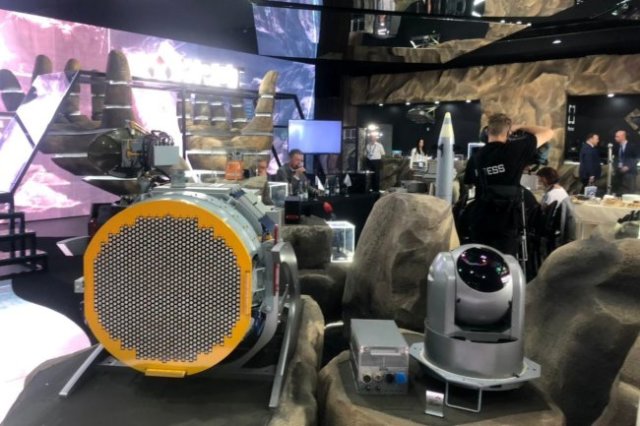Russia has developed a new radar system-a simulator of false targets, which is intended for use as beacons in air navigation and hidden identification of "friend-foe". The model was first presented at the MAKS-2021 air show.
Scientists of the Southern Federal University searched for ways to improve communication and radar systems, including small-sized antennas with a high level of gain. The Vivaldi antenna was used as one of the elements of the construction of ultra-wideband phased array antennas (headlights).
"The proposed design of the Vivaldi antenna makes it possible to reduce the amount of microwave material required for the production of antenna array emitters by at least 29 percent. Along the way, the design of the supporting elements of the antenna array is simplified by reducing the mass of both the emitters themselves and the auxiliary parts, " said Yuri Yukhanov, Doctor of Technical Sciences, Professor.
The simulator of false targets, in turn, is a mock-up of a Van Atta antenna array with a reflected signal control unit connected to it.
"This development will allow you to control the scattering characteristics by changing the frequency spectrum and the level of reflected signals, simulating various objects. This device can be used in hidden communication systems and as beacons in air navigation - for hidden identification of friend and foe, " said Senior researcher Ilya Merglodov.
False aerial targets can have a much larger effective scattering area and other signatures than the true target. Enemy radars perceive simulators as targets of a different class, moving in different directions, with different speeds and accelerations. As a result, the enemy's air defense missile launchers cannot receive the necessary target designation and are inactive or hit false targets.
Nikolay Grishchenko

